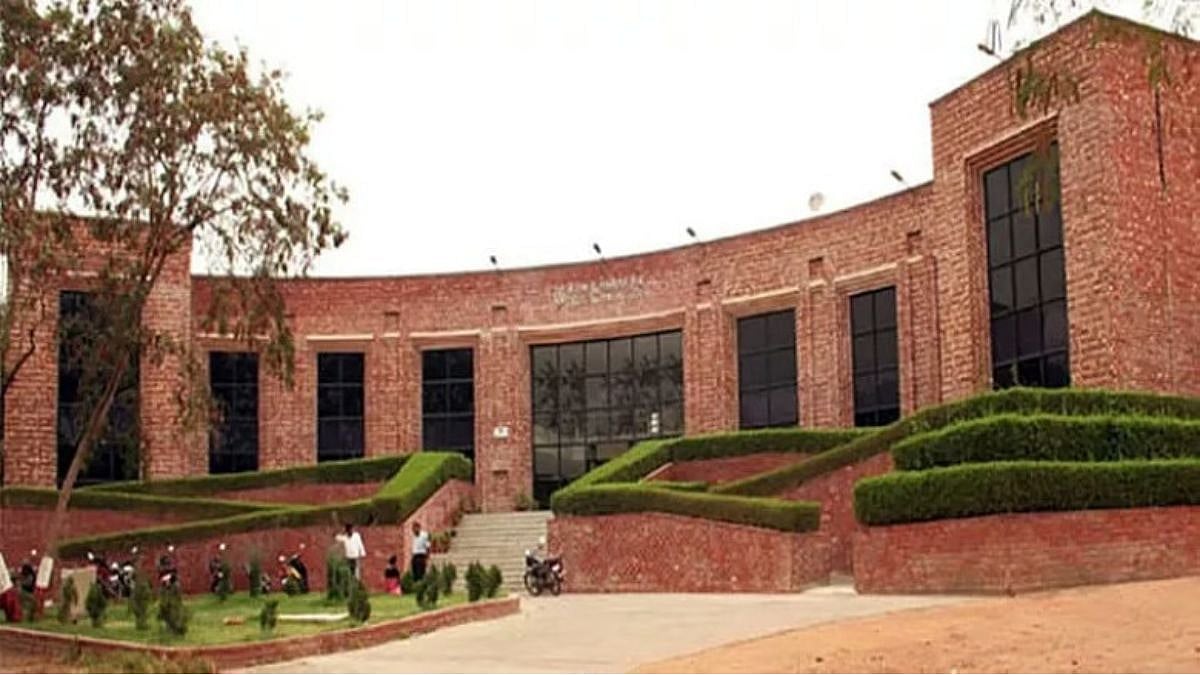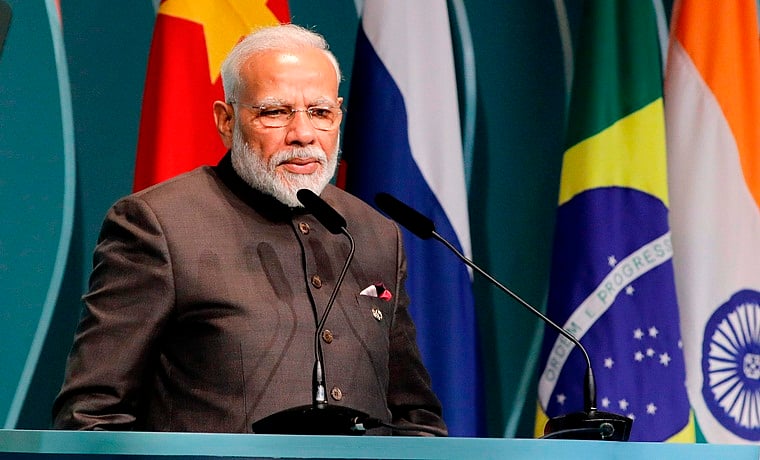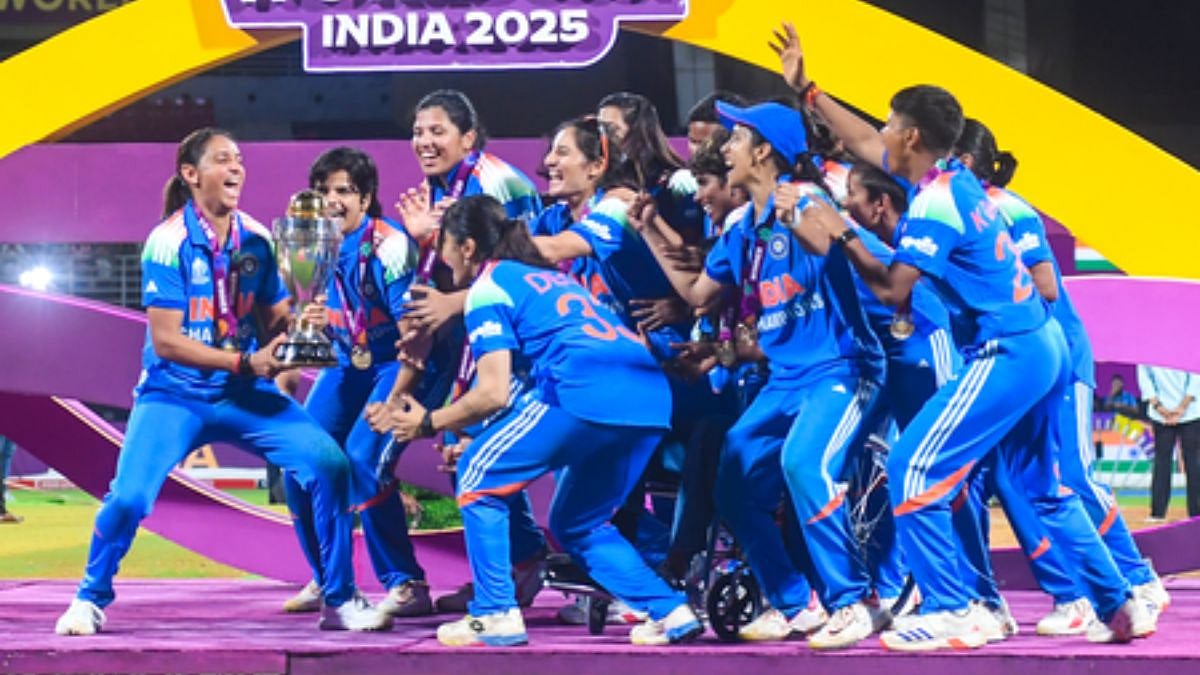I live in Mehrauli, an urban village in the heart of Delhi, home to the Qutub Minar and probably the longest continuously inhabited settlement in India and, maybe, Asia over 1,100 years. It’s a village with narrow streets and a long central bazaar spine, growing vertically like all Lal-Dora areas in Delhi.
Lying conveniently between posh South Delhi and moneyed Gurgaon, Mehrauli has gentrified, especially in areas adjoining the Qutub Minar and the Archaeological Park. Mehrauli, and what is fashionably called the One Style Mile, has become a destination for the most expensive designers for wedding finery. The gentrification hasn’t stayed there. Across from Mehrauli, Chattarpur has also become a designer destination.
I walked into a store and discovered you can buy a hoodie with a huge E on the front for Rs22,000. Worse, a pair of moulded foam slippers for the same price. This is the Dhan Mill Complex, the place to be seen at now! To its credit, it has some fine coffee shops that actually serve good coffee and food that does not burn a hole in your pocket. The Dori Café has become my go-to for meetings over a nice coffee when suffering from the occasional architect’s block.
It was a pleasant afternoon in early November when I was there, finding it increasingly hard to get an autorickshaw to take me home, a short 10-minute ride. After trying about half-a-dozen and finding no cabs either, I decided to do the unthinkable: walk!
I walked down the 100 foot road to its intersection with the Mehrauli-Gurgaon road, took a left for a short detour that allowed me to enter DDA Park, cut across it, exited near the Jain Mandir and carried on home. It was a nice walk, simple enough, and took me all of 20 minutes – less time than I had spent waiting for and hailing cabs and autos at the gates of the Dhan Mill Complex and added 3,500 steps to my daily count!
Taxis, autos and electric rickshaws are readily available in most places and, of course, the constant pressure to “save time” keeps us from walking. Whether we actually save time in the overall scheme of things is another question altogether.
Add to this the constant social and career pressure to own a car and be labelled successful and Delhi folk barely walk! To make their success very clear, they will pay a few thousands a month to walk on a treadmill at a luxury gym.
Walking isn’t as bad as you think. The last time I got off the metro at Green Park station, going to a friend’s studio in Safdarjung Enclave, I decided to walk, cutting across the Green Park market and through the narrow lanes of Arjun Nagar. It was quick, avoided heavy traffic, and opened up parts of the city I had long ago stopped bothering to engage with – parts we have happily forgotten, gullies full of life. The best part was I wasn’t worrying about being mowed down by a speeding car or the incessant honking that is becoming commonplace on Delhi roads with SUV owners who are in a hurry because they have an SUV!
Much as I wish we could walk the city, however, it isn’t possible – not because we don’t want to or there aren’t enough poor people to make it important. No. The simple reason is that the administration only cares for the rich and their cars, often gobbling up footpaths to create free left-turns or add lanes for more fast cars.
Pedestrian infrastructure and walkability are reserved for optics and advertisements. Take the new pedestrian areas executed on Aurobindo Marg between IIT flyover and Aurobindo Market. What a perfect picture of walking. It has cordoned off walking areas, benches, shaded spaces, large colourful abstract installations – a beautiful 1.5km stretch that connects NOTHING to NOTHING! Connecting the IIT flyover to Aurobindo Market on a picturesque road flanked by posh high-income plotted housing and expensive real estate and businesses – it definitely looks good in the glossies and on the government's report card!
A little further south on the same Aurobindo Marg you will find foot over-bridges that sit on the entirety of the footpath, so there is no way you can walk on them. The logic of the placement flummoxes me! Yes, we know there are budgets to spend, boxes to tick, but a little intelligence maybe? You will be surprised by the number of times you encounter a similar situation.
I am not even going to go near Lutyen’s Delhi in this discussion, a space where possibly no one ever sets foot on the ground, the lavish footpaths in red sandstone and shaded avenues just there to drive home the point of what it means to be privileged in Delhi!
Yes, there are isolated, unconnected patches of beautiful, pedestrian-friendly streets. Do they help? I’m going to be harsh and difficult and say NO!
The city needs pedestrian networks that link places where people live to places they need to go to, via convenient and comfortable and safe avenues that DO NOT always replicate motor vehicle routes. Paths and walkways that cut across localities and encourage us to walk. Not just the poor who have no choice but everyone. Safe, well-designed streets specially for walking.
You are going to throw the 48°C Delhi summer at me. Doesn’t change a thing. Sitting in our ivory towers, we know, the ultra rich in Delhi definitely don’t walk! So I suppose it’s only fair the less fortunate don’t deserve good footpaths, right?
An afterword: consequent to my walk home from the Dhan Mill Complex, I have put a rule in place. If it’s less than 2km, walk. This is in place till March. Try it. You will be surprised how much time it saves you! You can thank me later!
Henri Fanthome, an architect who trained at the SPA, lives and works in Mehrauli, Delhi, and writes about design and urban spaces









